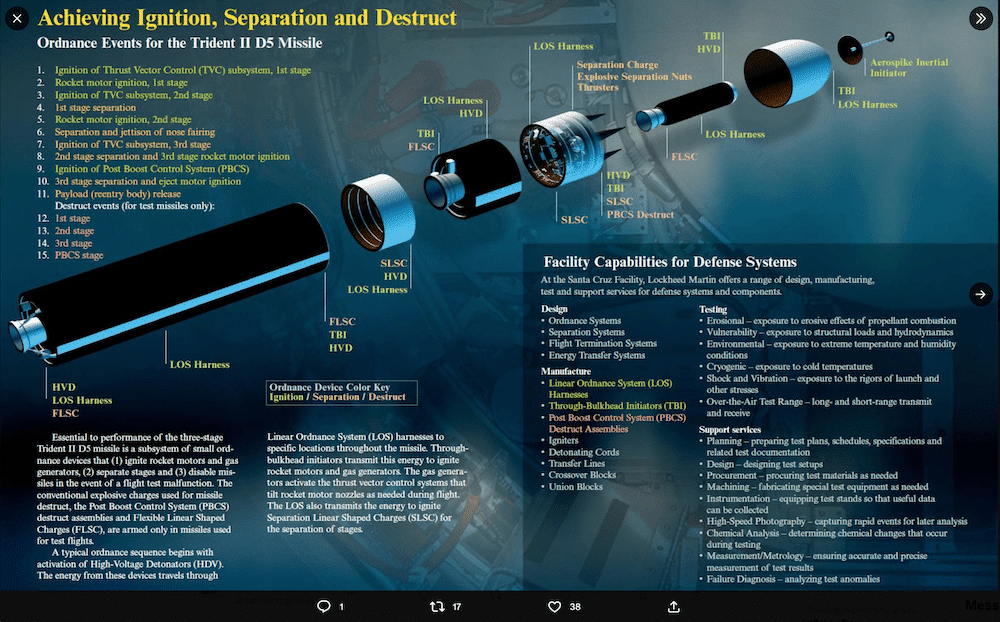If someone spoke to you as “you” people would you take offence? Most people do, it’s quite condescending. Consider then, audience segmenting for email campaigns, the pros and cons! If it’s an insult, has segmenting had its day?
Here is the case that the death knell is most definitely ringing. I appreciate the obvious, products only appeal to minority sectors, brand loyalties dictate specific interests, price point categorises people into groups and timing of particular promotions dictate those likely to be in the audience at that moment in time. But yet the question remains, why segment? People are individuals and should not be lumped together.
Is the lady who loves Louboutin shoes the same as the lady who loves sandals? Both are footwear. Has she already got them? Are they her colour, or style? Heel height, heel type, finish material, matt, pointed, round or open toe etc How accurately would you have to go to fine-tune her segmenting to get it exactly perfect, or are you happy with getting the generalisation within the scope of breaking-even on her segment to justify the mailing cost?
Maybe you’re just hoping to flood her inbox sufficiently to drown out other competitor’s emails, to maintain the foot-fall of her previous buying patterns and purchases, so when she’s in the market again you get first dibs.
But segmenting isn’t just the audience, it’s the specific product to the audience. So, consider that you have negotiated a special deal with a supplier, or calculated an incentive in a particular quadrant that would justify this promotion. Perhaps you’re successful enough to be able to wisely calculate the return possible from product choice to audience ratio. You might even have invested in the quality and calibre of ESP to be able to deliver some exceptional and beautiful emails.
Will your email campaign results survive scrutiny?
How aggravating then if your sales or heaven forbid, financial director, reviews the performance with you and you have to justify not only the cost of the email software, which from multiple sources can be more than £20,000 per annum but also the time and money invested in you and your staff annually to generate a return. There is a quick calculation available of the actual cost of staff.
Staff are a great commodity but not cheap, and if they don’t make the company money, in this day and age we all know out they go, you included. So what happens if you get it wrong, we are all fallible. You might reason that you get it right, more often than not, to more than compensate for the odd gaff.
Predictive personalisation software runs alongside promotional and email software. It is 100% automatic and therefore for a fraction of the cost of what you’re already incurring, you have a complementary facility. It exclusively focuses attention on predicting imminent sales, which promotion and marketing software overlook. the average returns for the past 12 months have been more than 10.5% turnover.
It captures every impression each consumer makes on your site. It tracks buying habits. Segmentation doesn’t get this personal, it is the lowest possible common denominator but most accurately predicts imminent and future purchases too.
Predictive personalisation software selects those exact products from among all your SKUs, pertinent to each consumer. It populates a prescribed template that has been tested and proven to outperform all others across billions of emails for some of the most prestigious retailers. The selection is perfection. Experian supported the conclusion it outperforms segmenting on a ratio of 6:1 in a published report. You would expect it to cost considerably more than typical ESP software,
How to make hyper-personalisation work for you
Hyper-personalisation software is typically a plug-in that once installed on your platform works wholly autonomously, i.e. without any human involvement whatsoever. If you involve humans they have a habit of detracting from the purity of the data, which is telling you exactly the perfect product selection to offer uniquely to each individual, and the time to offer it (send-time optimised), again unique to each one.
Gone is sending out 50 segmented emails a day. With hyper-personalisation solutions installed on your site, the AI/ML algorithm is already delivering the maximum return possible. It doesn’t need to be adulterated by adding left-field interest products too. When you start doing that the purity and clarity of each selection made for the individual go unnoticed, and denigrate the purpose. More importantly, it lowers the rate of returned goods.
Consider your whims for a moment. If you have looked at a product a couple of times, to consider something you’re thinking of buying, and then as if by magic, that very item lands in your inbox on payday (or as the algorithm sees it – the day you are most likely to make a purchase), you’d be impressed.
PPS is installed as a plugin, (approved by your respective platform) and gathers all the required website data you need, and then applies it in the most immediate and lucrative way possible. It uses the product details, images, language and currency you use.
SwiftERM is a Microsoft Partner company.





